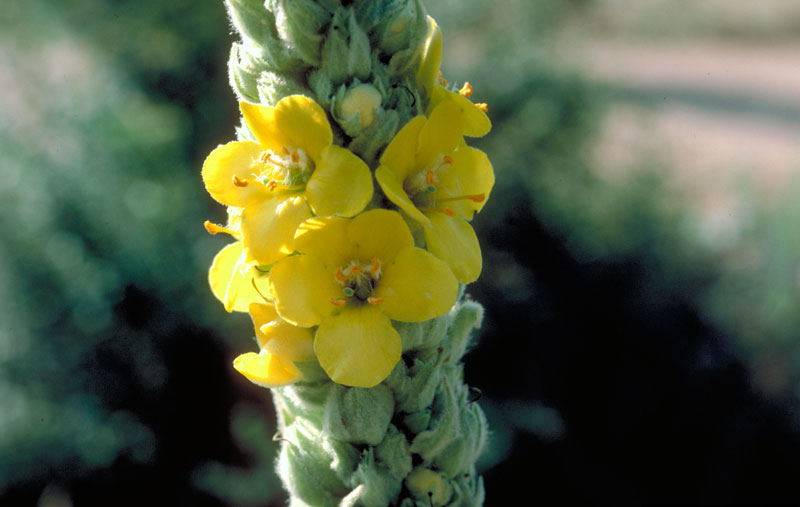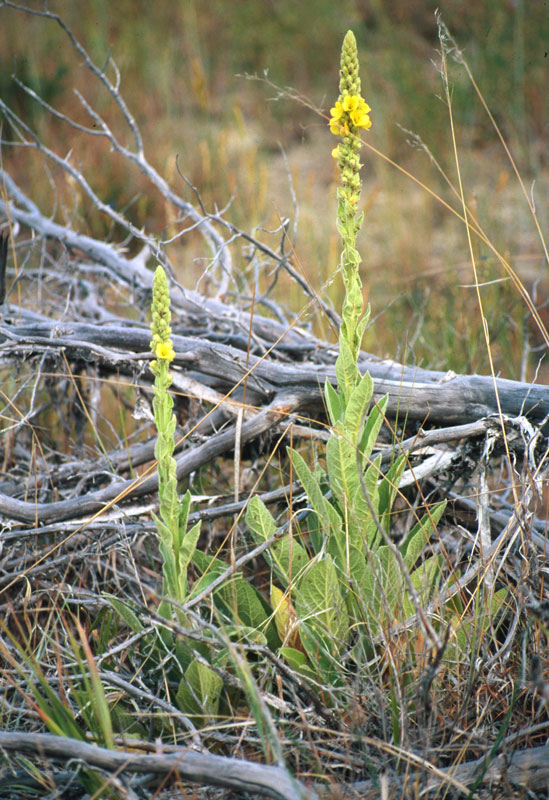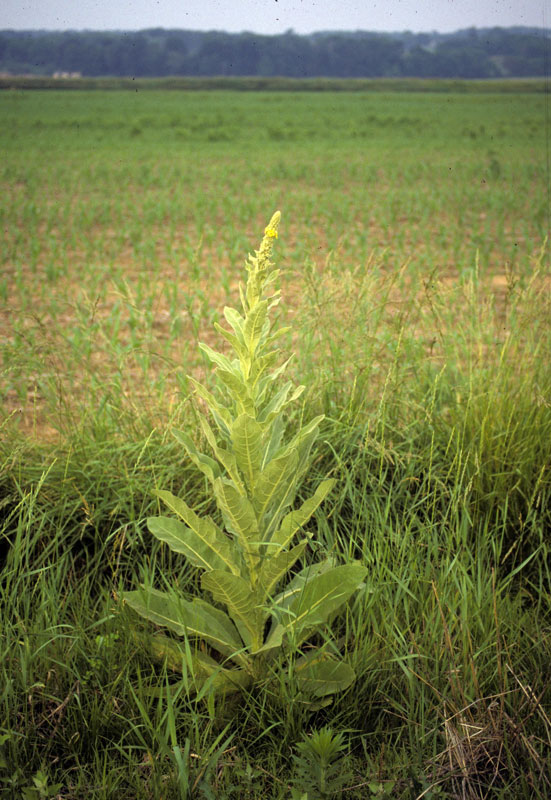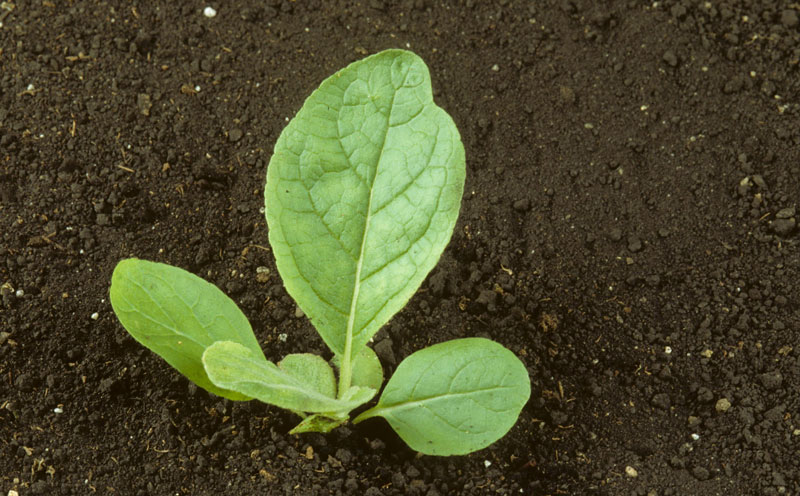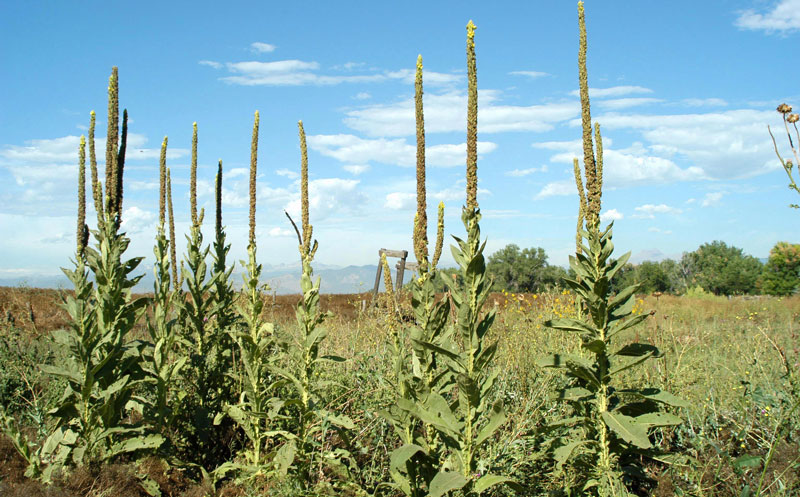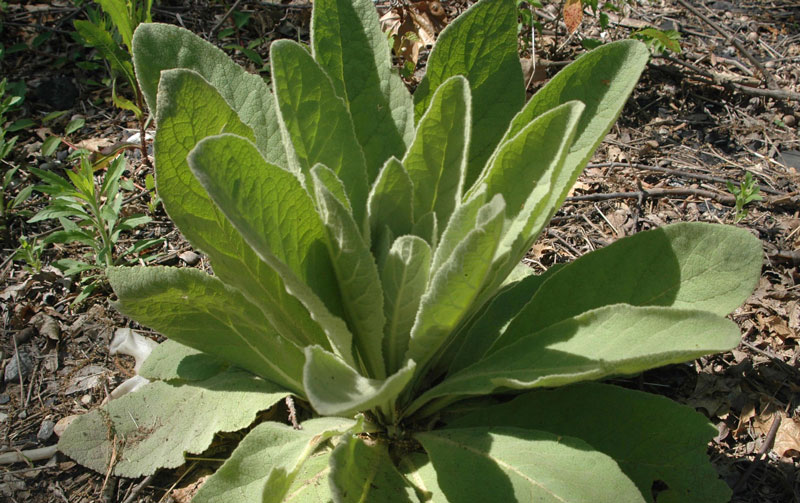Common Mullein
Verbascum thapsus
Description
Common mullein is a biennial plant that reproduces only by seeds and is a prolific seed producer. The plant begins as a rosette and leaves have a thick hair cover. It has a woolly stem which is erect, 2-6 feet tall, without branches. Leaves are opposite, elliptic to ovate. Overall growth depends on the amount and timing of rainfall. Produces yellowish flowers in June and July (source).
Habitat
Rangelands, woodlands, and pastures.
Location in Nebraska
Listed as a county noxious weed in Cheyenne county Nebraska.
Pathway of Introduction and Spread
Common mullein was first introduced into the United States in the mid-1700s by colonies in Virginia and was used as a piscicide, a chemical substance that is poisonous to fish (source).
Impacts
The taproot of common mullein can access soil moisture from a deeper profile at a much better rate than he roots of pasture grasses, giving it a competitive advantage, especially in dry years. Low palatability and no feed value to livestock. Heavy stands can reduce grass production as much as 50%, especially in dry years (source).
Management
Sparse populations can be controlled by mechanical removal using a spade or shovel in late April and early May. Individual plants can be dug out or cut just at the soil surfaces as long as the whole rosette is removed. Herbicides can also be used (source).
Dave Powell, USDA Forest Service (retired), Bugwood.org
Steve Dewey, Utah State University, Bugwood.org
Theodore Webster, USDA Agricultural Research Service, Bugwood.org
Ohio State Weed Lab , The Ohio State University, Bugwood.org
George Beck and James Sebastian, Colorado State University, Bugwood.org
Carey Minteer, University of Arkansas, Bugwood.org
